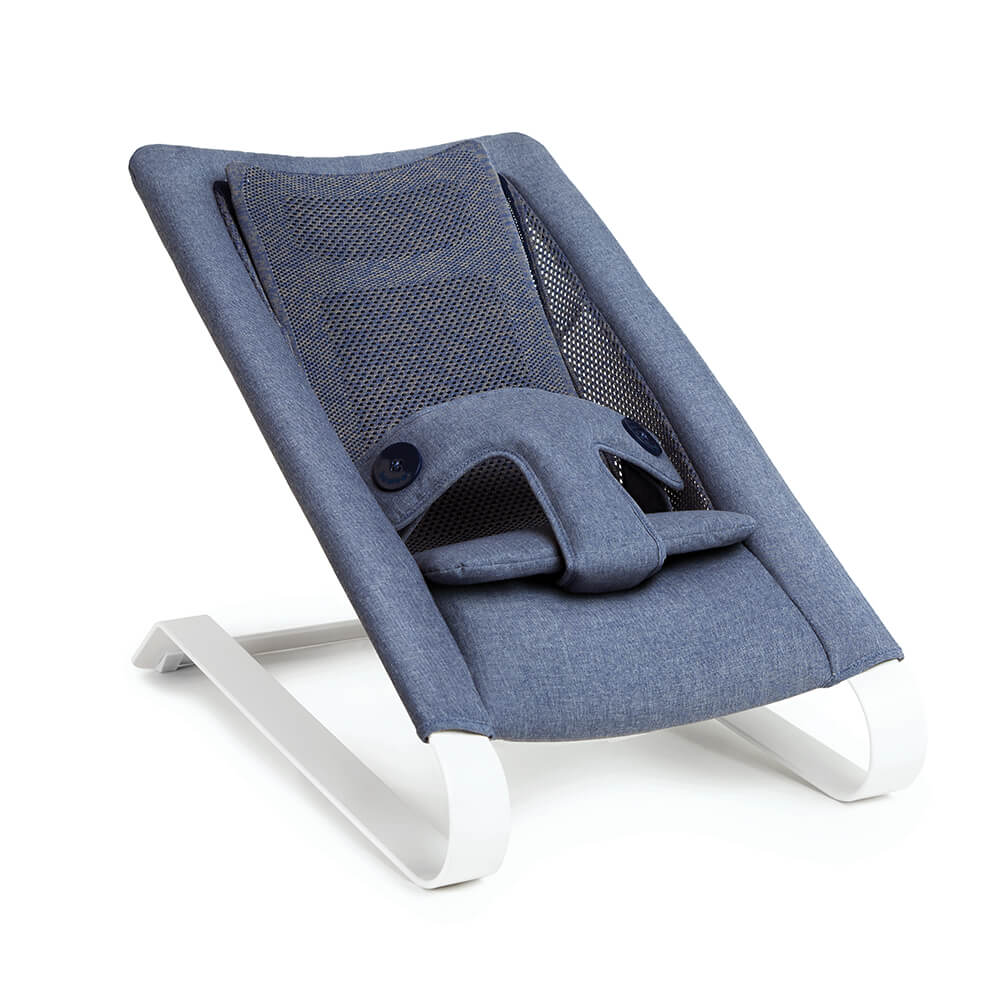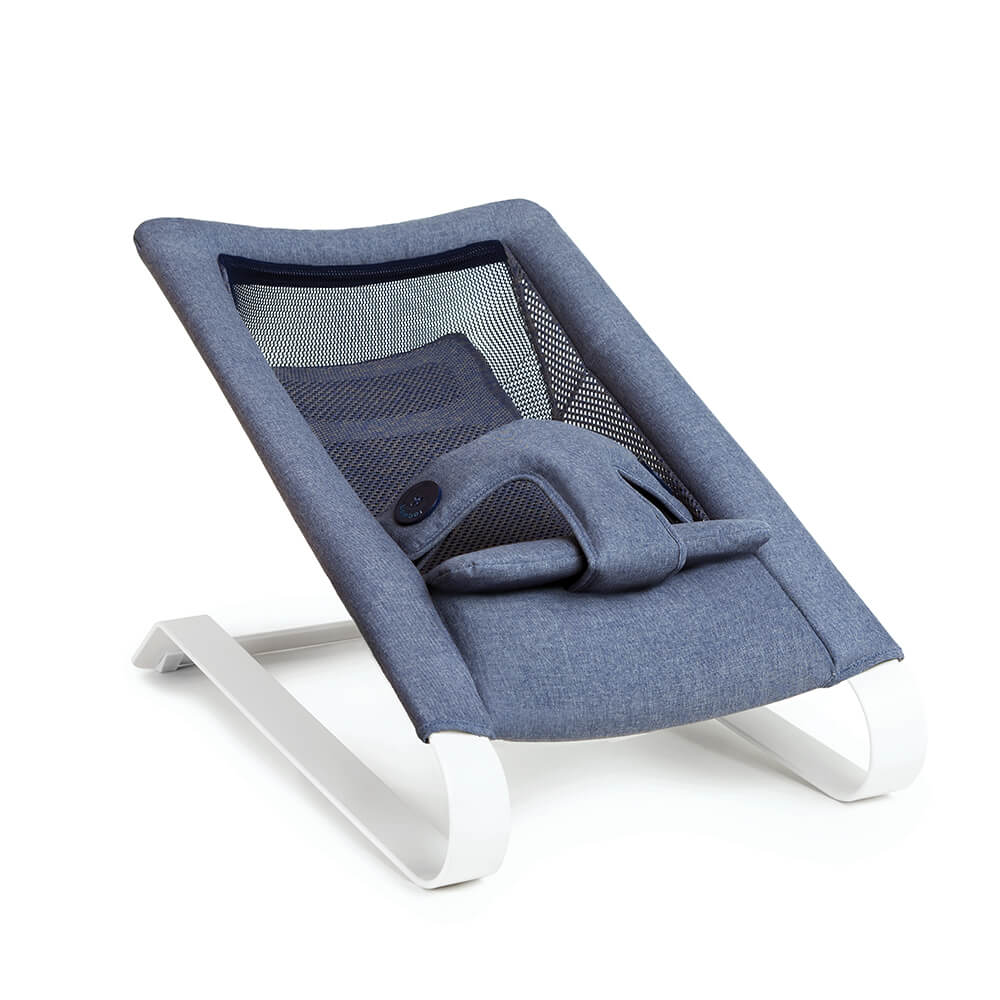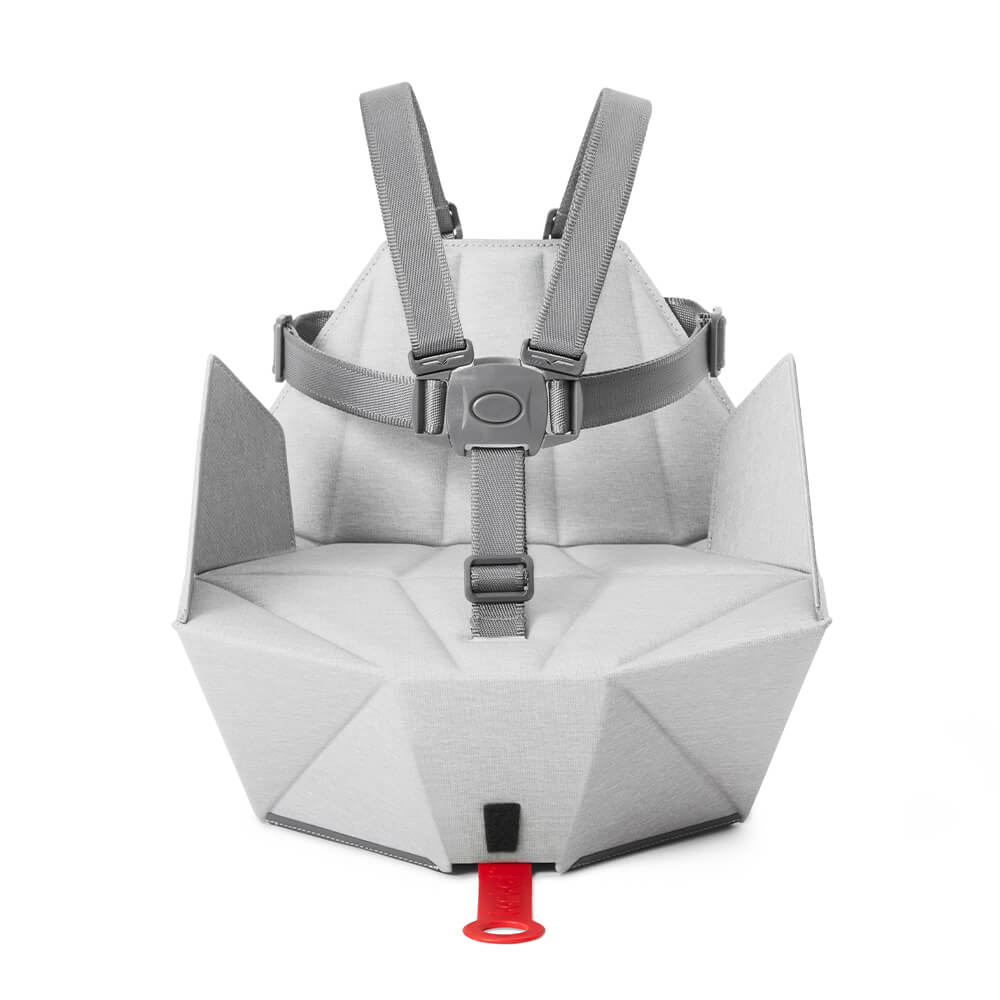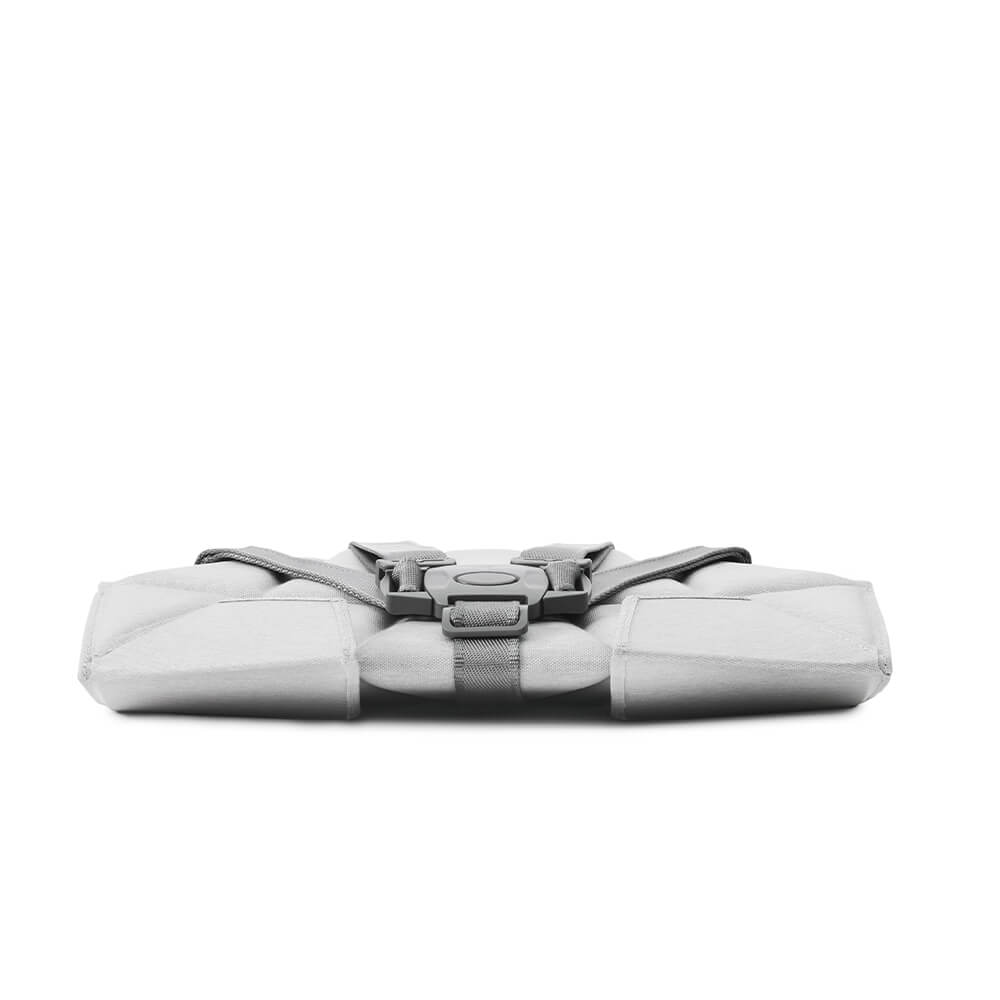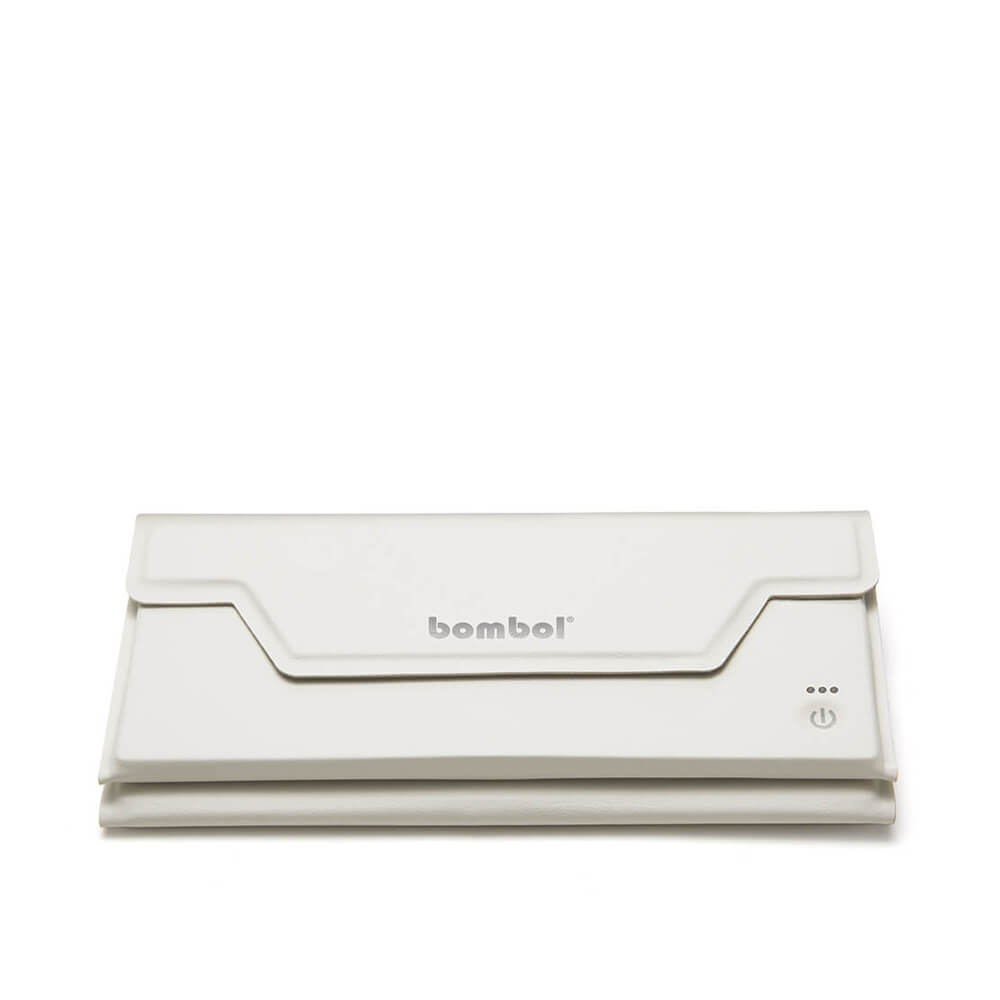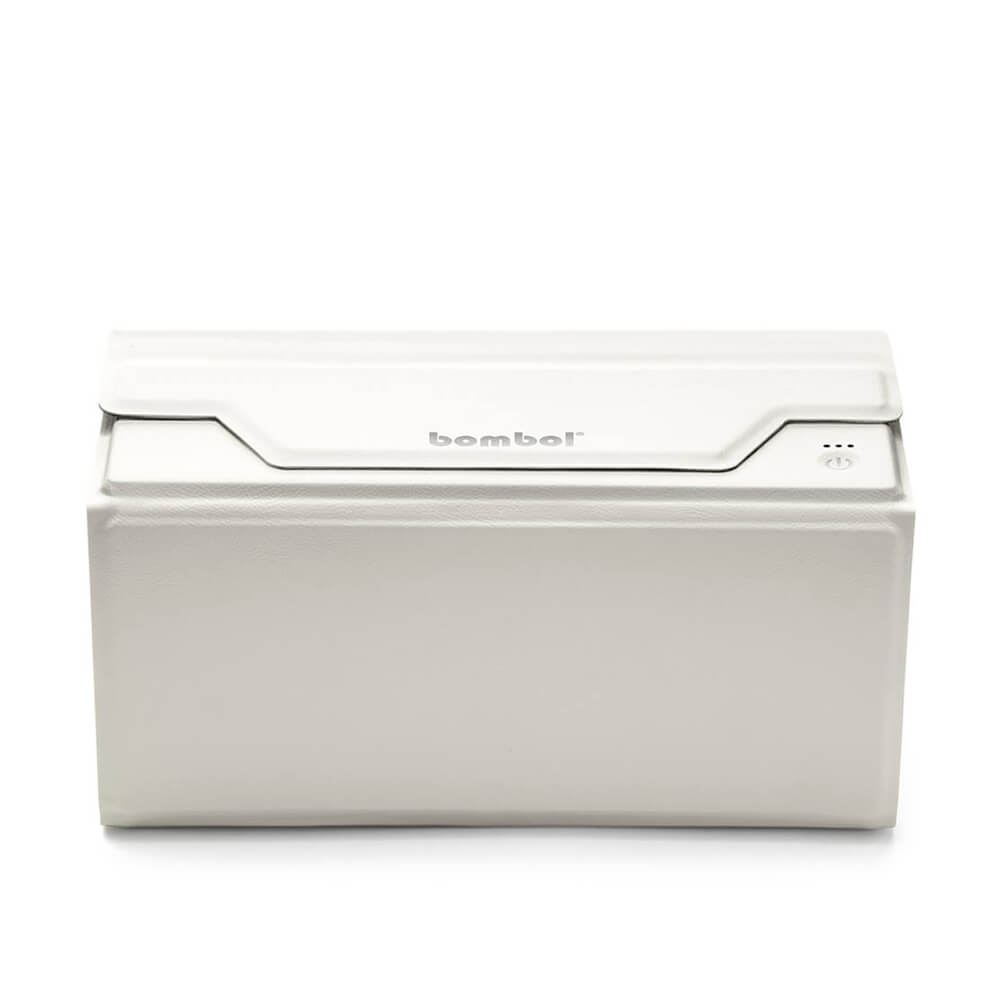The new normal
The pandemic has brought along a whole new definition of normality in our everyday lives and hygiene has become top priority in many families’ daily routines. Answering to this rising demand in the past year, there are many devices that offer sanitizing functions to small everyday objects by using UV-C lights, much like the bigger machines that sterilize baby bottles at home. But how exactly does UV-C kill bacteria and viruses, and are they truly effective? There is actually a lot of information out there on this topic, but with all the scientific terms and jargons, it can be mind-boggling to tease out the important information. Here below are some of the questions I had when I first looked into this rabbit hole and what I managed to find and summarize after doing some research on the topic. Hope it helps fellow curious moms who want to keep their families healthy and germ-free!
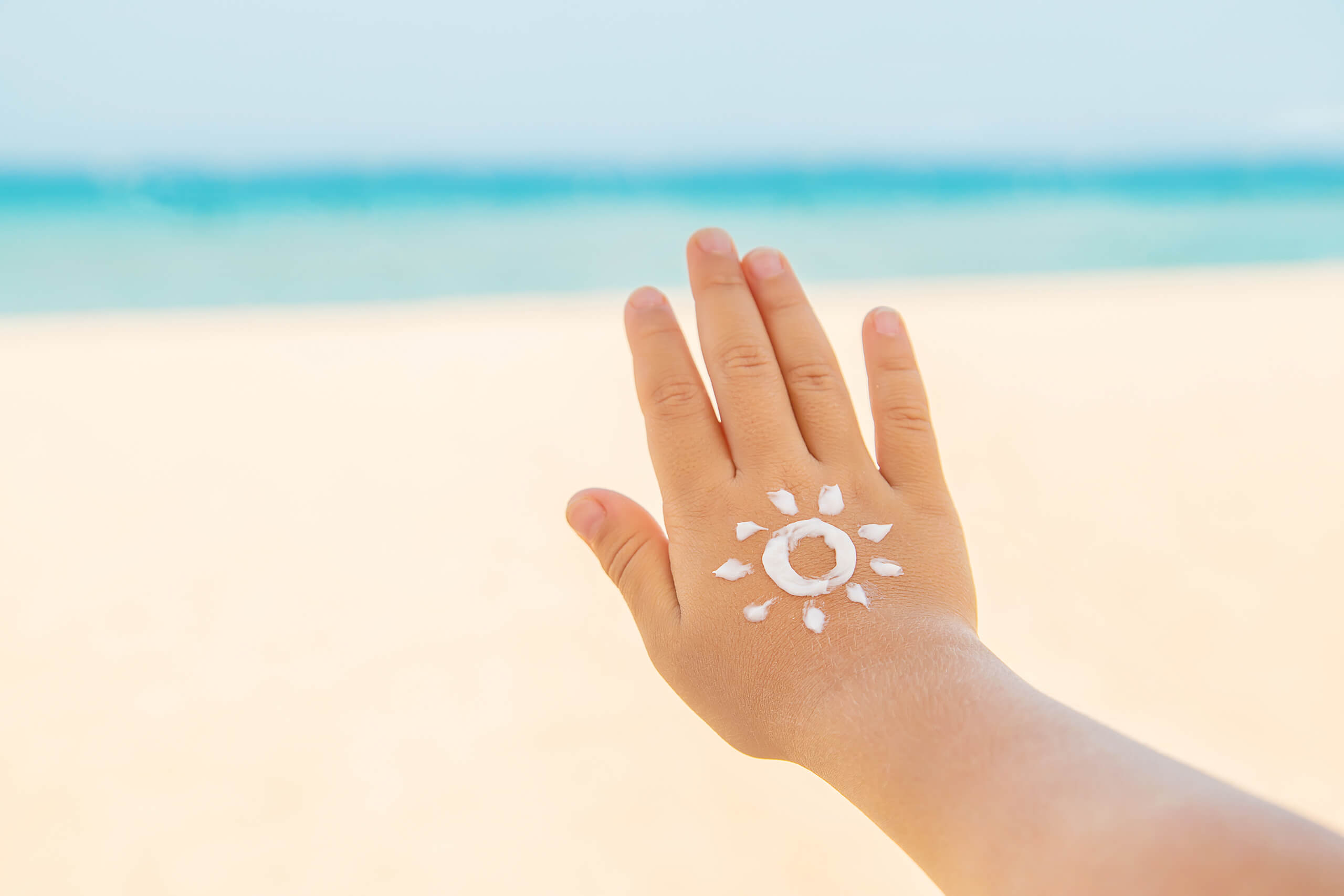
Where does UV-C light come from and how does it kill germs?
The sun emits 3 types of UV rays: UV-A, UV-B, and UV-C. UV-A gives you a nice tan, UV-B gives you a sun burn, and UV-C actually destroys any living thing on earth. Luckily, the earth’s atmospheric layer blocks out the short wave-length UV-C rays, and therefore all living organisms on earth never have to develop a natural defense mechanism against it, not even harmful organisms. The UV-C rays damages the DNA of the organisms and prevent them to multiply and cause illnesses, that is what makes UV-C light so powerful in inactivating bacteria and viruses.
Some disinfecting devices claims they can reduce 99% of germs while others say they can reduce 99.999%, is there a lot of difference?
This percentage tells you how effective the device is against bacteria or viruses. Taking a colony of 1 million bacteria as sample size, the ability to reduce 99% of the colony means there are 10,000 bacteria left alive. The reduction rate is exponential therefore every extra 9 you see behind the decimal point means the bacteria or viruses are reduced by 10 times more. This means the ability to reduce 99.999% of nasties is 1000 times more effective than the ability to reduce 99%, eliminating all but 100 bacteria in the colony of 1 million! So those “9s” DO matter, and the more the better!
What determines the strength and efficiency of the UV-C sanitizing device?
The disinfection happens when UV-C rays directly hits the surface with the virus and the effectiveness of disinfection depends on the dose of UV-C ray applied. There are 3 major factors that contribute to the dose of UV-C given: strength of UV-C rays, distance between the light source and the virus, and the exposure time. Therefore, when a device boasts of having a high number of UV-C LEDs, or a short disinfecting cycle, it does not necessary mean that it is more powerful than others in the market. According to the FDA, many home sanitizing appliances deliver a low dose of UV-C light and therefore might need longer exposure cycles to be effective. So, based on the above information, to reach a strong disinfecting result, we need to expose the object to a strong enough dose of UV-C light for a long enough period of time with uninterrupted direct exposure from all sides.
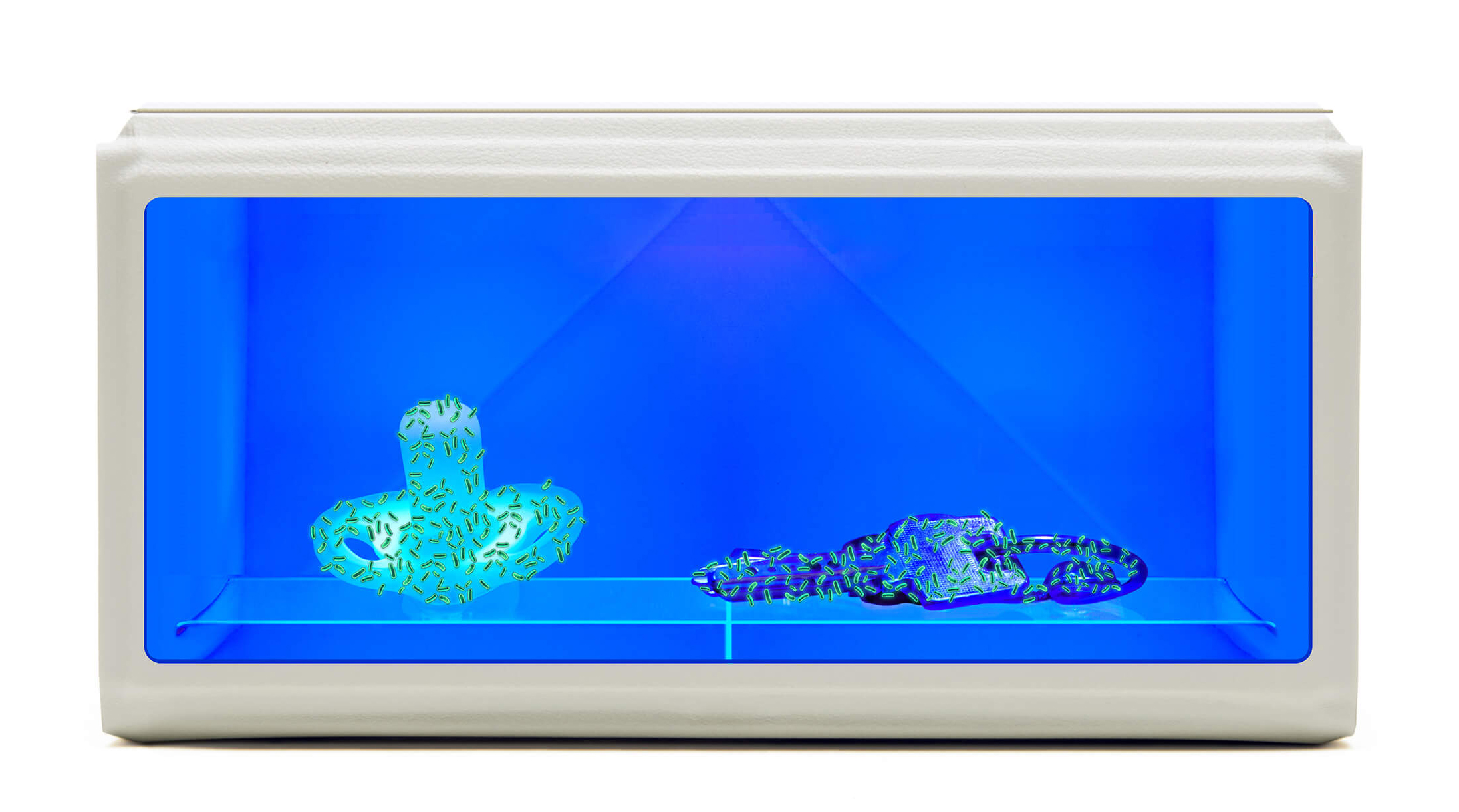
If UV-C light is so destructive to living organisms, and can damage our eyes and skin with direct exposure, what should be a safe and responsible way of using this amazing technology?
There is some debate out there about the harm UV-c rays can cause to human beings, but most materials I found conclude that we need to use it with extreme caution. For a UV-C device to be truly safe, the LEDs should be enclosed in a complete radiation leak-proof casing when it is performing its sanitizing cycle. Any accidental opening of the closed environment should immediately terminate the cycle and the LEDs turned off. Unfortunately, since this kind of home-use sanitizing devices have only become more popular recently under the pandemic, many newly designed products have not yet gone through and passed the necessary safety tests as consumer goods. In many of them, the UV-C light source can be exposed to the naked eye and skin during its operation, causing potential harm. I find this article quite helpful in explaining this point.
What are the benefits of using UV-C sanitizers instead of disinfecting wipes to clean our daily objects such as keys, phones, or the bite ring that was dropped on the sidewalk by your toddler?
I only found out recently that disinfecting wipes do not instantly sanitize the objects and needs a few minutes for the chemical solutions to work their magic. The same solution also leaves residue on the surface that you might not want your child to come into contact with all the time. Besides, the wipes are only good for hard surfaces and wouldn’t be as efficient on soft materials such as soft toys. UV-C sanitizers, on the other hand, zaps away most bacteria and viruses without leaving any residue or something for the earth to digest in the landfills.
BLAST-UV away the nasties!
Since the beginning of the pandemic, the Bombol team has been doing tonnes of research on the UV-C disinfecting technology. We found that since there are so many factors contributing to an efficient disinfecting result, very few devices currently available in the market have managed to achieve the delicate balance between having the strong enough amount of UV-C dose, combined with the correct time exposure, and optimum distance in a truly contained and safe enclosure. As if that is not big enough a challenge, we had to make this device foldable into the size of a wallet, genuine to the Bombol spirit of lightening the load of parents-on-the-go! We dedicated the past year to design our very own UV-C disinfector, BLAST UV, that we can proudly say that we got all angles covered, figuratively and literally! Come find out more about BLAST-UV and all the nerdy techs behind the portable disinfecting device that can reduce bacteria by up to 99.999999% and Sars-COV-2 surrogate by 99.99%*. Yup, we got THAT many “9’s”!!!
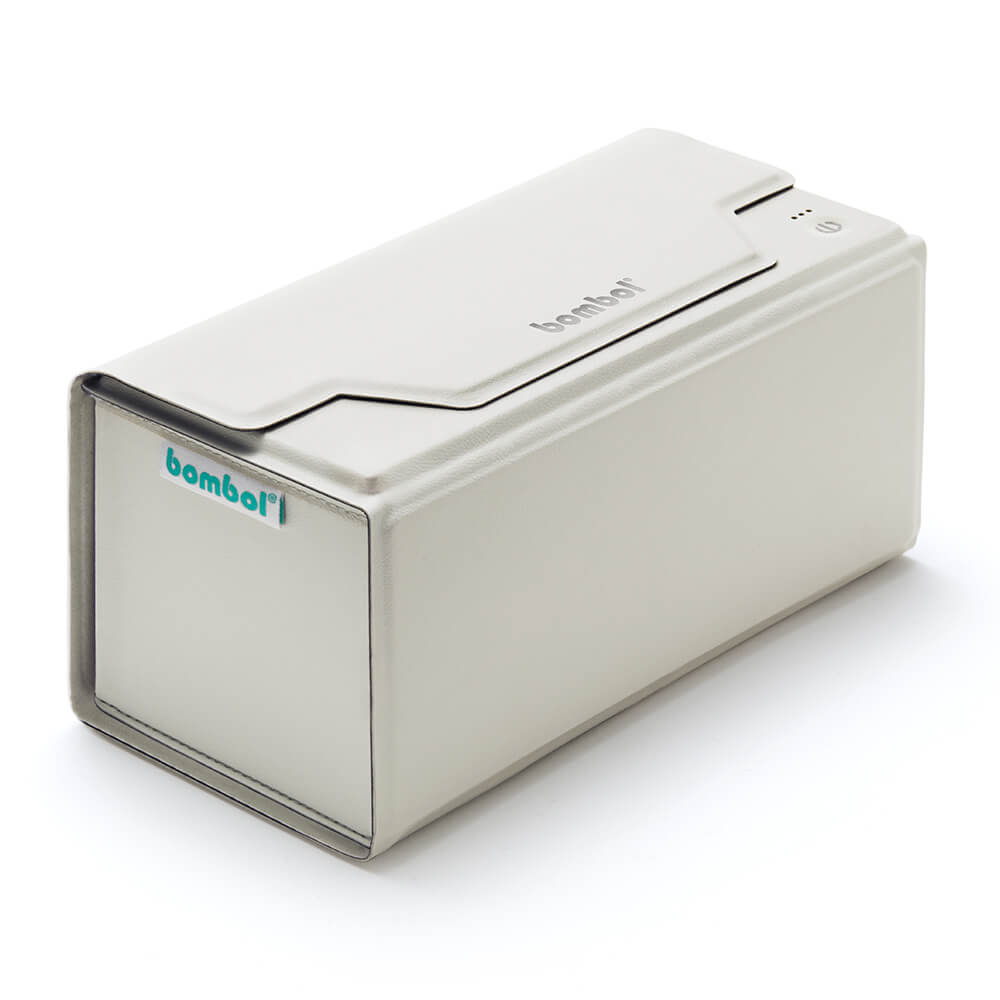
Stay Sparky!
* SGS Laboratories and Harrens Labs have independently tested and certified that Blast UV™ Disinfector inactivated 99.99% of Human Coronavirus 229E virus, a recommended Sars-Cov-2 surrogate by ASTM [US} and TGA [Australia], and killed 99.999999% of Staphylococcus Aureus and 99.99999% of Escherichia Coli Bacteria, in just 5 minutes.

